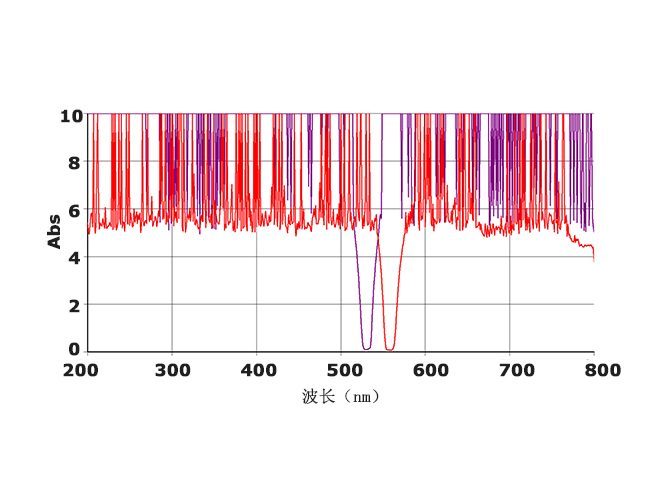ISO9001 Certified Professional Manufacturer & Supplier of Optics
+86-0431-87911611 admin@ytoptics.com
Contact us
-
 Email: admin@ytoptics.com
Email: admin@ytoptics.com
-
 Tel:86-0431-87911611
Tel:86-0431-87911611
-
 Add: 2# Automotive Innovation
Add: 2# Automotive Innovation
Jilin Province, China
Changchun Yutai Optics Co., Ltd.
Home > Products > Filters > Bandpass Filters

Fluorescence Bandpass Filters
Fluorescence bandpass filter is a special optical filter mainly used in fluorescence detection system (such as fluorescence microscope, flow cytometer, biochemical analyzer, etc.), whose core function is to selectively transmit the fluorescence signal of a specific band while blocking the excitation light and other stray light, in order to improve the signal-to-noise ratio and detection sensitivity.
Share this:
What are the optical properties of fluorescence bandpass filters?
Center Wavelength (CWL): the wavelength at which the filter has the highest transmittance, which needs to match the emission peak of the fluorescent dye (e.g. FITC: ~525 nm, DAPI: ~460 nm).
Full Width at Half Maximum (FWHM): the wavelength range in which the transmittance is ≥50%, commonly narrowband (10~40 nm) or broadband (50~100 nm).
Peak Transmittance (Tpeak): usually >90% (up to 95% or more for high quality filters).
Blocking Range: optical density (OD) in the non-passband region (e.g., excitation band) should be ≥ OD4 (i.e., transmittance < 0.01%).
Center Wavelength (CWL): the wavelength at which the filter has the highest transmittance, which needs to match the emission peak of the fluorescent dye (e.g. FITC: ~525 nm, DAPI: ~460 nm).
Full Width at Half Maximum (FWHM): the wavelength range in which the transmittance is ≥50%, commonly narrowband (10~40 nm) or broadband (50~100 nm).
Peak Transmittance (Tpeak): usually >90% (up to 95% or more for high quality filters).
Blocking Range: optical density (OD) in the non-passband region (e.g., excitation band) should be ≥ OD4 (i.e., transmittance < 0.01%).
| Parameter | Typical Value | Influence |
| CWL | Selection based on fluorescent dye (e.g. Cy5: ~670 nm) | It must match the fluorescence emission peak or the signal is lost. |
| FWHM | 10~40nm (narrow band) | The narrower the bandwidth, the higher the signal-to-noise ratio, but the signal strength may be reduced. |
| Cut-off Range | OD4~OD6 (excitation light band) | Ensure complete blocking of excitation light (e.g., 488 nm laser) to avoid background interference. |
| AOI | 0° (vertical incidence optimal) | Tilted incidence may result in a CWL offset (requires selection of an angle-compensated design). |

TALK TO US 86-0431-87911611
86-0431-87911611
Call us now!
 86-0431-87911611
86-0431-87911611Call us now!
ONLINE CHAT
 2433808388
2433808388

